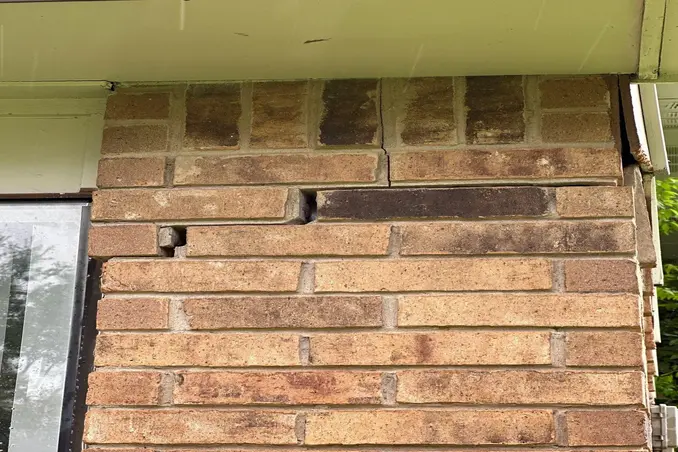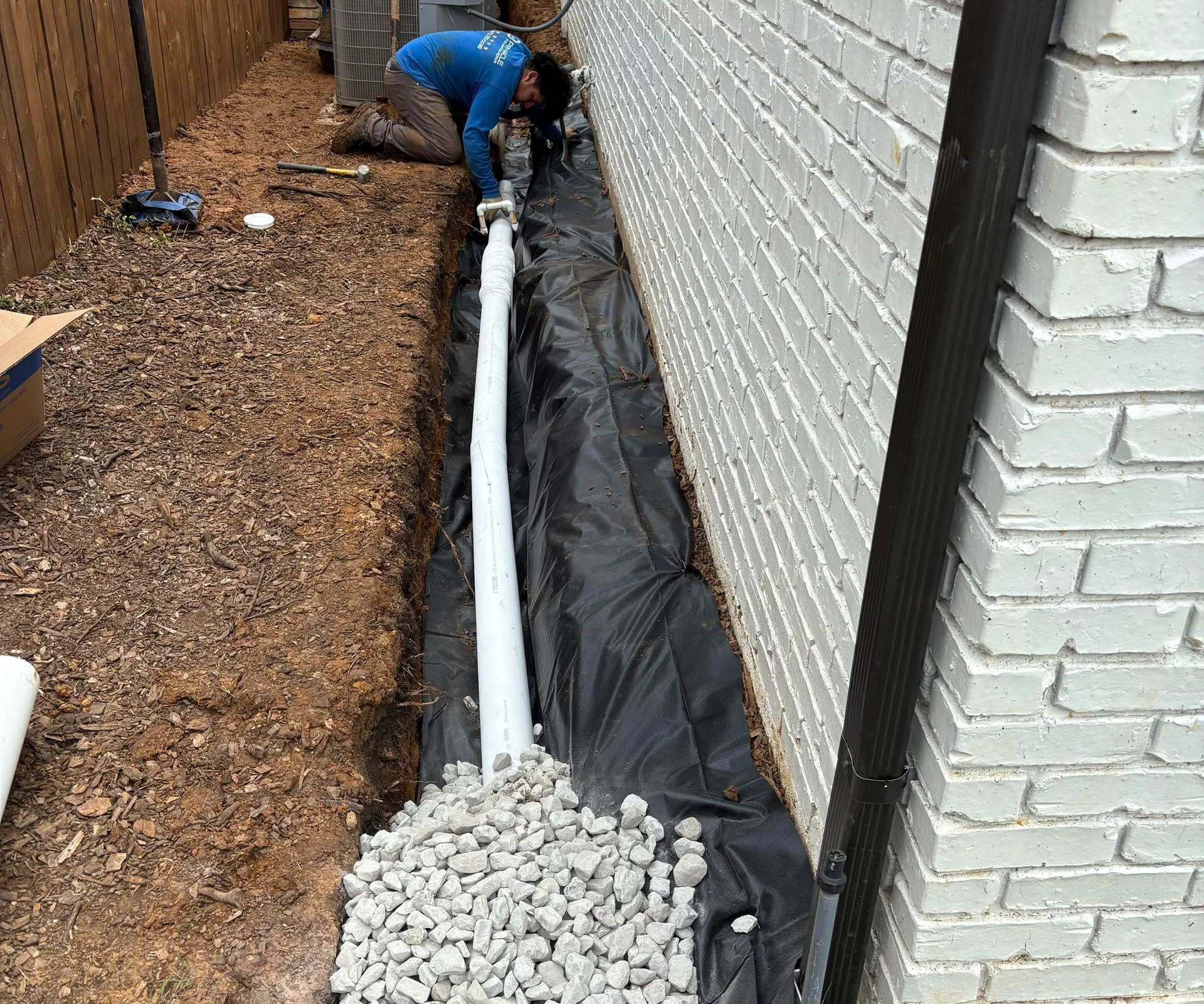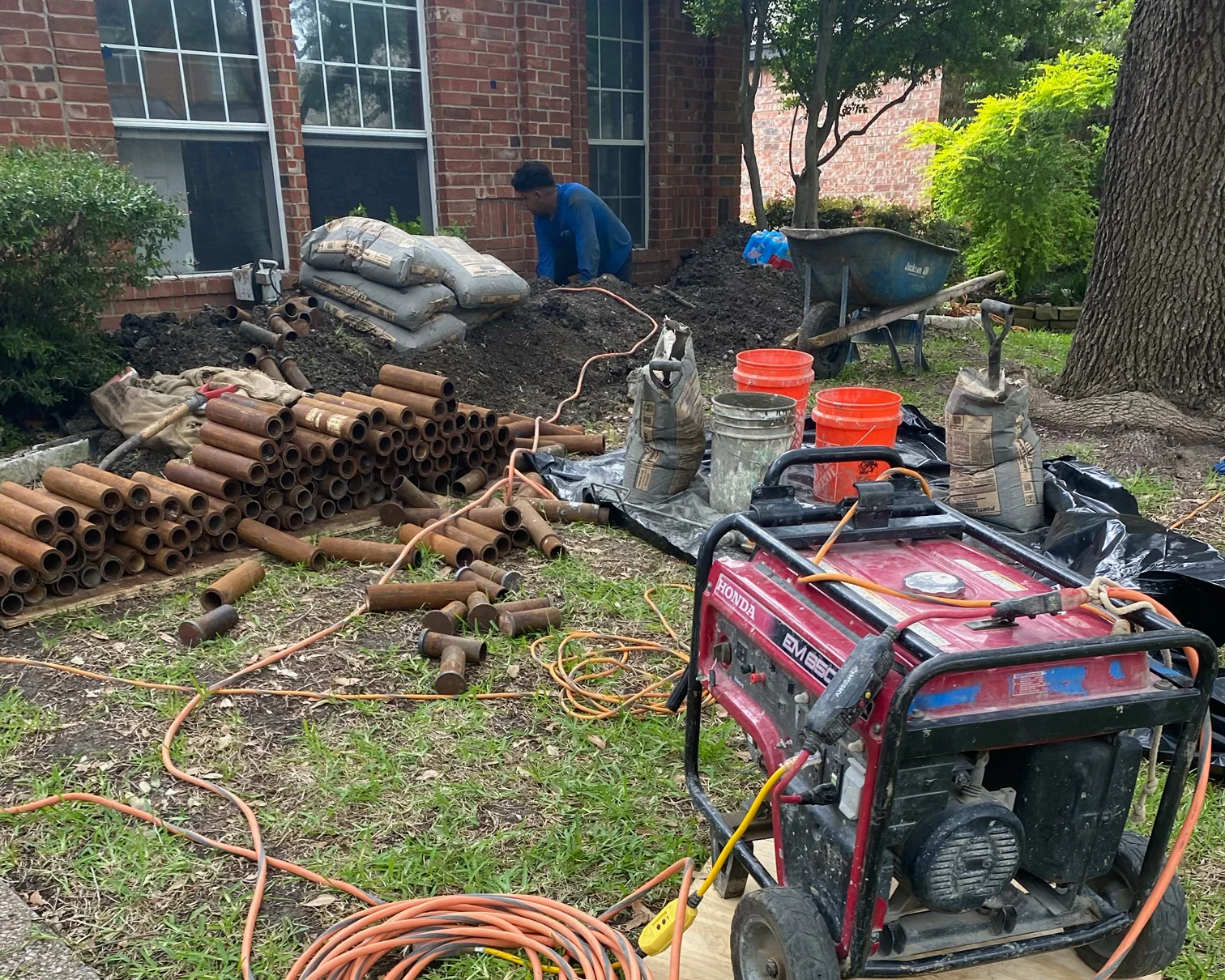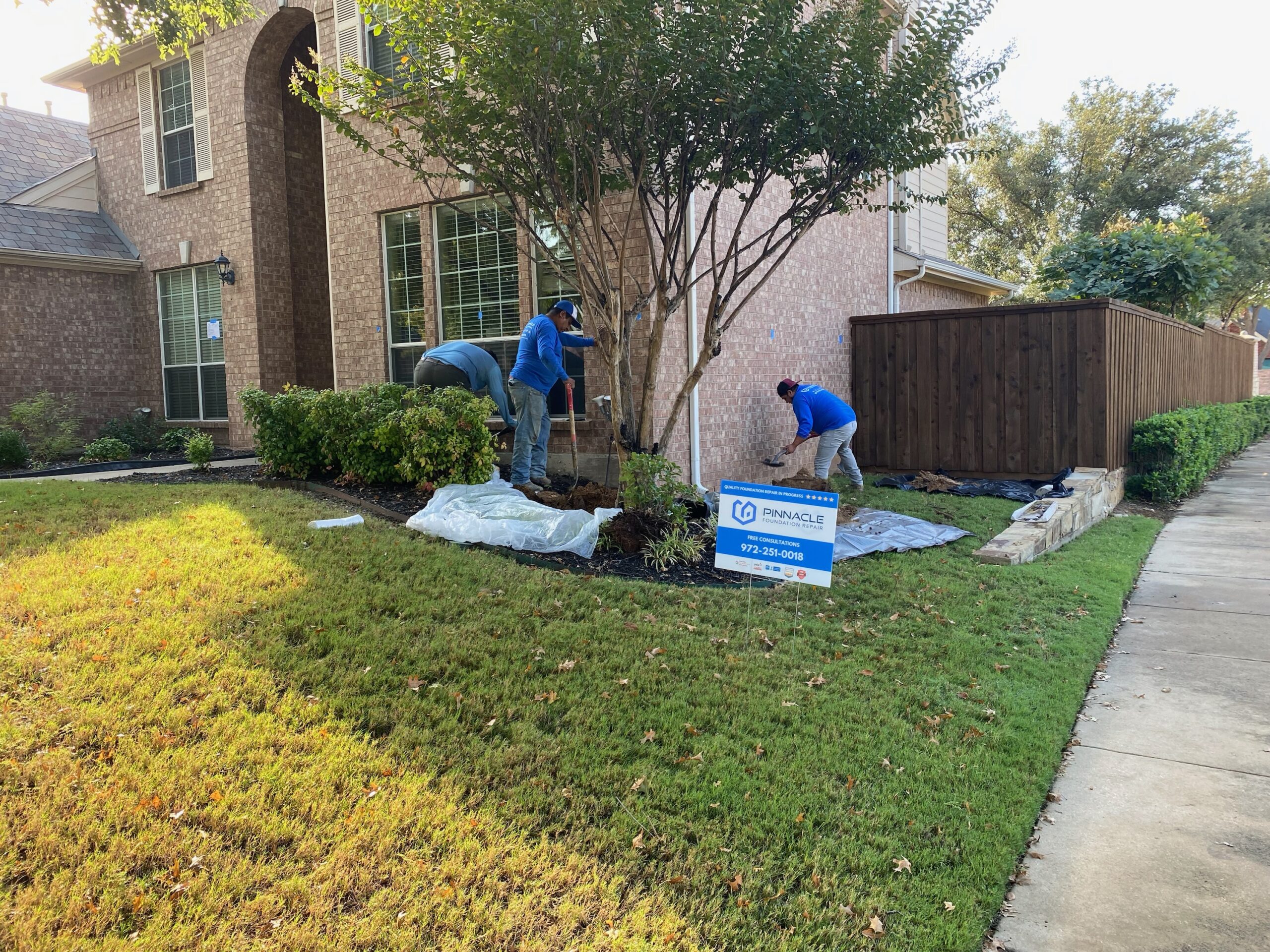Your foundation is cracking — but is it an emergency or nothing to worry about? It could be either one. Find out when to take foundation cracks seriously and when to trust a “wait and see” approach.
By Size: Hairline, Finger Width and Larger
Hairline Cracks
The smallest cracks are known as hairlines. They’ll be less than 1/16 or even 1/32 of an inch in width and can run in any orientation. In most cases, these cracks are harmless and form during the shrinkage stage of the concrete curing process. Others form over time but don’t indicate any particular damage, especially if they’re not more than a few feet long.
Finger-Width Cracks
Finger-width cracks are still small, but get big enough that you can squeeze the very tips of your fingers inside them. You’ll see these cracks anywhere from 1/8 to nearly 1/4 inch wide. Some finger-width cracks are not a sign of damage, while others are very serious and indicate the need for immediate foundation repair. The length and orientation of these cracks largely determine what they reveal about the health of your structure.
Large Cracks and Gaps
Any cracks over ¼ inch wide are serious and need timely inspection. While you should have any crack over 1/8 inch inspected, you should treat it as an emergency if you notice a new crack that is much wider. Basement wall bowing and other signs of collapse may even require short-term evacuation of your home.
By Orientation: Vertical, Horizontal, Diagonal and Stairstep
While hairline cracks are generally acceptable no matter the orientation they take, larger cracks vary in their severity depending on shape and length. Horizontal cracks are the most serious, and vertical cracks are usually the safest to leave in place.
Vertical
These cracks are common and tend to form as the home settles over time. They don’t necessarily mean that the soil under the foundation has shifted, especially if the crack is thin and forms soon after new construction. Wide vertical cracks can lead to leaks in basements and crawlspaces, but the space is easily sealed and filled with epoxy or polyurethane injections.
Horizontal
The most serious signs of foundation damage are horizontal cracks, especially wide and long-running lines. Combined with wall bowing, they can warn of structural damage or even the risk of collapse. These cracks often indicate the home isn’t fully supported by the soil anymore or that the soil around the sides is pressing in.
Diagonal
Diagonal cracks are considered closer to vertical lines than horizontal ones, making them fairly low risk. The complication comes when part of the crack runs horizontally, potentially indicating soil shifting. Keep an eye on diagonal cracks by snapping dated photos every few months to make sure they’re not spreading or growing.
Stairstep
Only seen in mortared block foundations, these cracks are innocent or risky depending on the size of the opening. Small hairline cracks are simply a sign of settling and concrete shrinkage and need no more attention from you. Larger stairstep patterns indicate there’s water damaging the foundation from the outside, necessitating drainage improvements.
Common Causes of Each Type of Crack
It’ll take a professional evaluation to chase down the cause of your foundation cracks, but it’s likely to come from one or more of these sources.
Natural Settling
Hairline cracks tend to appear as the home settles onto itself and slightly compresses the soil below it. These cracks, whether they’re vertical, stairstep, or diagonal, pose little risk to the structure unless they let moisture in.
Construction Issues
Larger cracks, especially those that appear soon after the home is built, are likely caused by construction issues. The site preparation crew may have failed to fully compact the soil where the foundation was poured, or they could’ve used the wrong mixture for pouring a slab.
Lack of Drainage
Wet soil is heavy, tends to shift, and can erode away from under the foundation. A lack of drainage can occur due to damaged gutters, plumbing leaks, flooding, heavy rainfall, snow melt, and many other reasons.
Other Soil Movements
Soil also moves in the winter, even in Texas. Freezing soil expands, then shrinks again when ice melts and water drains away. Soil movement can press in on the walls to cause major horizontal cracks or slide out from under the footings and beams supporting the entire foundation.
Tree Roots
In addition to the weight of the soil pressing in around it, your foundation has to resist the forces caused by creeping tree roots. Planting trees too close to your home can lead to cracks in basement or crawlspace walls, not to mention damage to plumbing and other buried utilities.
Sheer Age
No foundation can last forever with the weight of the house pressing down on it and the weight of the soil pushing in from all sides. Eventually, all foundations develop cracks and need some repairs. Older foundations are also less resistant to damage than modern structures due to concrete formulas and design changes.
Solutions for All Kinds of Foundation Cracks
For hairline cracks, you can often tackle some basic DIY repairs to cover them up or disguise them. There’s no risk in leaving them alone if they don’t grow or leak either. Larger cracks, especially horizontal and stairstep ones, need professional evaluation. In most cases, you’ll need a repair like mudjacking or foundation piers to stabilize and support the structure. This prevents further sinking, shifting, or settling and helps reset any existing cracks. More extensive repairs are necessary if the cracks are large and combined with bowing or completely collapsing walls. However, these issues are rare. Prevent the need for extensive repairs by calling for a foundation evaluation at the first sign of finger width or horizontal cracks.
Pinnacle Foundation Repair can help you across the North Texas area with prompt foundation inspections and repairs. Contact us to schedule a free evaluation with our team today to put your mind at ease about the cracks you’ve noticed in your basement or crawl space.






